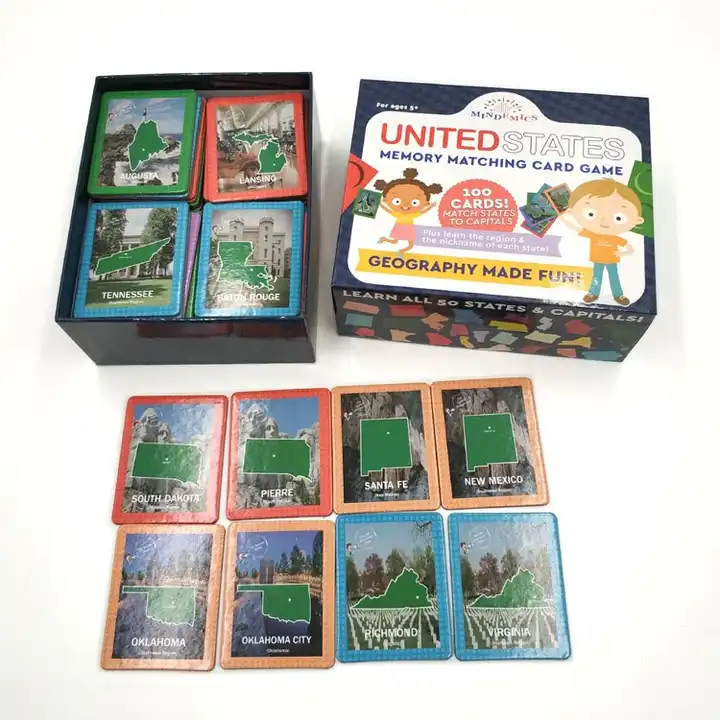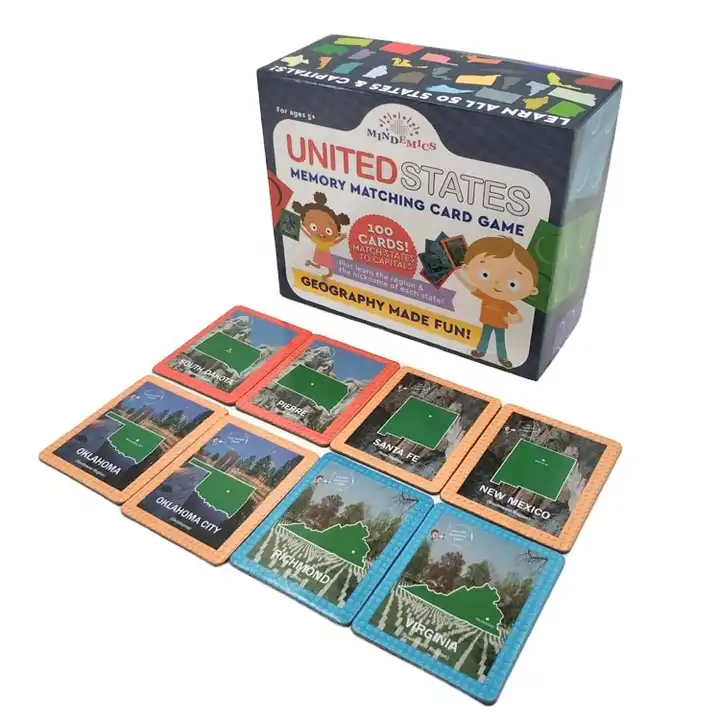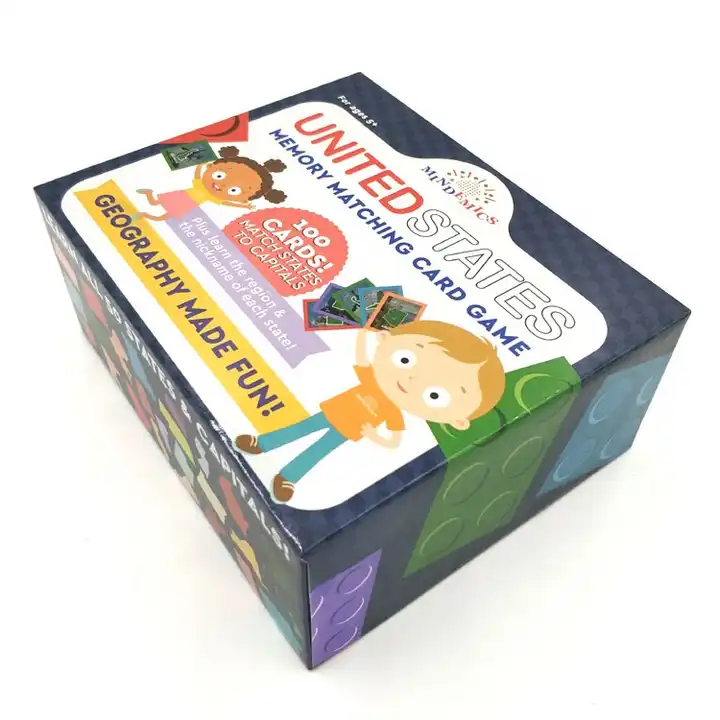Content Menu
● Understanding Flashcards
● Benefits of Using Flashcards
● How to Create Effective Flashcards
>> Step 1: Gather Your Materials
>> Step 2: Choose Your Content Wisely
>> Step 3: Format Your Cards
>> Step 4: Use Visuals and Colors
>> Step 5: Personalize Your Cards
● Studying with Flashcards
>> Technique 1: Active Recall Practice
>> Technique 2: Spaced Repetition
>> Technique 3: Mix It Up
>> Technique 4: Group Study Sessions
● Tips for Maximizing Flashcard Effectiveness
● Advanced Techniques for Creating Flashcards
>> Use Mnemonics
>> Implement the Leitner System
>> Incorporate Images and Diagrams
>> Create Contextual Connections
● How Flashcards Enhance Learning Styles
● Conclusion
● Related Questions & Answers
>> 1. What types of subjects are best suited for flashcard study?
>> 2. How can I make my flashcards more memorable?
>> 3. Should I use physical or digital flashcards?
>> 4. How often should I review my flashcards?
>> 5. Can I use flashcards for complex topics?
● Citations:
Flashcards are a time-tested study tool that can significantly enhance your learning experience. They are particularly useful for memorizing facts, vocabulary, and concepts across various subjects. This article will provide you with an in-depth understanding of how to create effective flashcards, various techniques for studying with them, and tips to maximize their benefits.

Understanding Flashcards
Flashcards are typically small cards used for testing and improving memory through active recall. Each card has a prompt on one side (a question, term, or concept) and the corresponding answer or explanation on the other side. This format encourages learners to actively engage with the material, making it easier to remember information.
Benefits of Using Flashcards
- Active Recall: Flashcards promote active recall, which is the process of retrieving information from memory. This technique has been shown to improve long-term retention of knowledge.
- Portability: Flashcards are easy to carry around, allowing you to study anywhere—whether you're at home, on a bus, or waiting in line.
- Customizable: You can create flashcards tailored to your specific learning needs and preferences.
- Versatile: They can be used for various subjects, including languages, science, history, and more.
How to Create Effective Flashcards
Creating flashcards is a straightforward process. Here's a step-by-step guide:
Step 1: Gather Your Materials
You can create physical flashcards using index cards or paper cut into smaller pieces. Alternatively, you can use digital tools like Quizlet or Anki for creating electronic flashcards. These platforms offer additional features such as spaced repetition algorithms that help optimize your study sessions.
Step 2: Choose Your Content Wisely
- Identify Key Concepts: Go through your notes or textbooks and highlight important terms, definitions, dates, or formulas that you need to memorize.
- Keep It Simple: Each flashcard should focus on one idea or concept. Avoid overcrowding cards with too much information; instead, break complex topics into multiple cards.
Step 3: Format Your Cards
- Front Side: Write a clear question or prompt related to the concept you want to learn. For example:
- "What is the capital of France?"
- "Define photosynthesis."
- Back Side: Provide the answer or explanation concisely. For example:
- "Paris."
- "Photosynthesis is the process by which green plants use sunlight to synthesize foods with the help of chlorophyll."
Step 4: Use Visuals and Colors
Incorporating images or diagrams can enhance memory retention due to the *Picture Superiority Effect*, which suggests that people remember images better than words alone. Use color coding for different subjects or themes to make your flashcards visually appealing and easier to organize.
Step 5: Personalize Your Cards
Add personal touches such as mnemonics, anecdotes, or drawings that resonate with you. Personalization helps deepen your connection with the material and makes studying more enjoyable.
Studying with Flashcards
Once you have created your flashcards, it's time to study effectively. Here are some strategies:
Technique 1: Active Recall Practice
When reviewing flashcards, try to recall the answer before flipping the card over. This method reinforces memory retrieval and enhances learning.
Technique 2: Spaced Repetition
Use spaced repetition techniques by reviewing cards at increasing intervals over time. This approach helps combat the forgetting curve and improves long-term retention.
Technique 3: Mix It Up
Shuffle your flashcards regularly to ensure that you're not just memorizing the order of the cards but truly learning the material itself.
Technique 4: Group Study Sessions
Studying with peers can enhance understanding through discussion and explanation of concepts. You can quiz each other using your flashcards for a more interactive learning experience.

Tips for Maximizing Flashcard Effectiveness
- Limit Information Per Card: Stick to one question/answer pair per card to avoid confusion and overwhelm.
- Use Both Sides: Study from both sides of the card—ask yourself the question on one side and then check if you know it before flipping it over.
- Review Frequently: Regularly go through your flashcards even after you've memorized them; this reinforces learning and helps prevent forgetting.
- Track Your Progress: Keep track of which cards you struggle with and focus more attention on those during study sessions.
Advanced Techniques for Creating Flashcards
To further enhance your flashcard creation process, consider these advanced techniques:
Use Mnemonics
Mnemonics are memory aids that help you remember information through associations. For instance, if you're trying to memorize a list of items, create an acronym using the first letter of each item. This method simplifies complex information into manageable pieces that are easier to recall.
Implement the Leitner System
The Leitner system is a popular method for organizing flashcard reviews based on how well you know each card. Divide your flashcards into different boxes based on your confidence level:
- Box 1: Review daily
- Box 2: Review every other day
- Box 3: Review weekly
- Box 4: Review monthly
This system ensures that you spend more time on challenging cards while gradually spacing out reviews for those you've mastered[3][4].
Incorporate Images and Diagrams
Adding visual elements can significantly boost memory retention. Use diagrams or illustrations related to the concept you're studying. For example, when studying anatomy, include labeled diagrams of body parts alongside definitions[6][10].
Create Contextual Connections
Instead of memorizing isolated facts, connect new information with what you already know. This contextual learning makes it easier to retain information because it fits into a broader framework in your mind[4][8].
How Flashcards Enhance Learning Styles
Flashcards cater to various learning styles:
- Visual Learners benefit from incorporating images and colors into their cards.
- Auditory Learners can enhance their study sessions by reading answers aloud or discussing concepts with peers.
- Kinesthetic Learners may find it helpful to physically manipulate their cards during study sessions or use them in games that require movement.
By recognizing your preferred learning style, you can tailor your flashcard creation and study methods accordingly[5][9].
Conclusion
Flashcards are a powerful tool for enhancing memory retention and active recall in various subjects. By following the steps outlined above—gathering materials, choosing content wisely, formatting cards effectively, personalizing them, employing strategic studying techniques like spaced repetition and mnemonics—you can maximize your learning potential. Remember that consistent practice is key; integrate flashcard study into your regular routine for optimal results.

Related Questions & Answers
1. What types of subjects are best suited for flashcard study?
Flashcards are particularly effective for subjects requiring memorization of facts such as languages (vocabulary), history (dates), science (terms), and math (formulas).
2. How can I make my flashcards more memorable?
Incorporate visuals like images or diagrams and use color coding for different subjects. Personalize them with mnemonics or anecdotes that resonate with you.
3. Should I use physical or digital flashcards?
Both have advantages; physical cards are tactile and portable while digital cards offer features like spaced repetition and easy sharing options. Choose based on your preferences.
4. How often should I review my flashcards?
Regular review is essential; aim for daily practice initially and then transition to spaced intervals as you become more familiar with the material.
5. Can I use flashcards for complex topics?
Yes! However, break down complex topics into smaller components across multiple cards instead of trying to fit everything onto one card.
Citations:
[1] https://www.collegeboxes.com/how-to-make-effective-flashcards/
[2] https://www.learningscientists.org/blog/2016/2/20-1
[3] https://www.bcu.ac.uk/exams-and-revision/best-ways-to-revise/flashcards
[4] https://traverse.link/spaced-repetition/how-to-make-good-flashcards
[5] https://www.microsoft.com/en-us/microsoft-365-life-hacks/organization/how-to-use-flashcards-to-study-effectively
[6] https://www.aidanhelfant.com/aidans-infinite-play-36-how-to-memorize-effectively-with-flashcards-and-not-waste-hours-of-time/
[7] https://chloeburroughs.com/flashcards/
[8] https://risingfellow.com/how-to-memorize-flashcards-more-efficiently/
[9] https://collegeinfogeek.com/flash-card-study-tips/
[10] https://www.mcgill.ca/tls/files/tls/flashcard_tips.pdf
[11] https://blog.cambridgecoaching.com/how-to-make-baller-flashcards
[12] https://sheridancollege.libguides.com/studyingandtesttaking/study-strategies/flashcards
[13] https://medschoolinsiders.com/medical-student/anki-flashcard-best-practices-how-to-create-good-cards/
[14] https://sunysccc.edu/images/Current%20Students/Success%20Center/Tips-for-flash-cards.jpg?sa=X&ved=2ahUKEwiJzoHw0PKKAxVQCnkGHZC-I1IQ_B16BAgNEAI
[15] https://www.youtube.com/watch?v=mzCEJVtED0U
[16] https://www.youtube.com/watch?v=xrgyr7GXz60
[17] https://www.reddit.com/r/GetStudying/comments/10i3h7r/studying_with_flashcards/
































